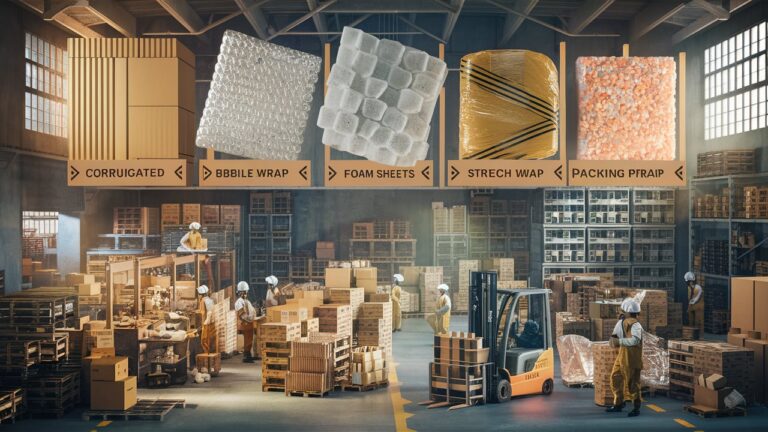How to Choose Quality Used Clothing: A Comprehensive Guide 2024
Buying used clothing is an excellent way to save money, reduce environmental impact, and discover unique styles. However, it can sometimes be challenging to identify quality items such as quality used clothing. In this guide, we’ll walk you through essential tips for evaluating used clothing, ensuring your purchases are well worth your investment.
Understanding the Benefits of Buying Used Clothing
Purchasing used clothing brings numerous benefits. It promotes sustainable fashion, helps reduce textile waste, and allows for affordable fashion options. Let’s compare the key advantages of buying used clothes versus new ones:
| Benefits of Used Clothing | Benefits of New Clothing |
|---|---|
| More affordable | Often features the latest trends |
| Eco-friendly, reducing waste | Customizable in-store shopping experience |
| Unique and vintage pieces | Available in a wide range of sizes |
| Longer lifespan for quality items | New, unworn condition |
Not only are second-hand clothes more budget-friendly, but they also offer a way to stand out with unique, often vintage pieces.
Key Factors to Consider When Buying Quality Used Clothing
Before purchasing quality used clothing, it’s crucial to assess several factors that determine quality. Here are the main things to look for:
Evaluating Fabric and Material
The fabric quality used clothing is one of the most important considerations when buying used clothing. Natural fabrics like cotton, linen, and wool generally stand the test of time better than synthetics like polyester. Below is a comparison of different fabrics and their typical wear patterns over time:
| Fabric Type | Durability | Common Wear Signs |
|---|---|---|
| Cotton | Highly durable | Fading, shrinking, minor pilling |
| Linen | Durable | Wrinkling, softening with wear |
| Wool | Durable | Pilling, potential for moth damage |
| Polyester | Less durable | Stretching, fading, excessive pilling |
By checking the fabric’s condition and quality, you can avoid purchasing items that will wear out quickly.
Checking for Damage or Wear
Before committing to a purchase, inspect the clothing for signs of damage. Look out for stains, holes, or loose seams. A careful inspection at the store can save you from regret later. Here’s a quick checklist to follow:
| Inspection Checklist | What to Look For |
|---|---|
| Seams and stitching | Make sure seams are not frayed or coming undone |
| Zippers and buttons | Check for missing or broken components |
| Fabric condition | Look for stains, holes, or excessive fading |
| Lining and pockets | Inspect for tearing or loose threads |
By following this checklist, you can ensure that your purchases are in good condition and worth their price.
Fitting and Alteration Potential
It’s rare to find second-hand clothing that fits perfectly off the rack, but don’t worry! Many pieces can be easily altered to suit your size and shape. When shopping, ask yourself if the item has potential for tailoring. A minor investment in alterations can make a world of difference in the overall fit and appearance.
| Alteration Type | Cost Range | Ease of Adjustment |
|---|---|---|
| Hemming pants or skirts | $10–$25 | Easy |
| Taking in seams | $15–$40 | Moderate |
| Adjusting sleeves | $20–$50 | Moderate |
| Replacing zippers | $10–$30 | Difficult |
If you love a piece but it’s slightly too big or long, consider how easily it can be altered to fit your body perfectly.
Knowing What Styles Suit You
Shopping for second-hand clothing gives you the opportunity to try different styles without breaking the bank. However, it’s essential to stay true to your personal style to avoid ending up with pieces you won’t wear. Look for clothes that complement your existing wardrobe and enhance your unique look.
Shopping at Thrift Stores vs. Online
There are pros and cons to both thrift store shopping and online thrifting platforms like Depop and Poshmark. Shopping in-store allows you to physically inspect items, ensuring you know exactly what you’re buying. Online shopping, however, provides convenience and access to a broader range of styles and brands.
| Shopping Method | Advantages | Disadvantages |
|---|---|---|
| Thrift Stores | Inspect items in person, try on clothes | Limited to what’s available in-store |
| Online Platforms | Greater variety, shop anytime | Risk of receiving items that don’t match descriptions |
Each method has its benefits, so you may want to mix both approaches for a well-rounded second-hand wardrobe.
Sustainable Fashion and Its Role in Used Clothing
Sustainable fashion is a growing movement that promotes ethical consumption, and buying second-hand clothing is one of the best ways to contribute. When you purchase used clothes, you help reduce demand for fast fashion, conserve resources, and decrease textile waste.
Caring for Second-Hand Clothing
Proper care is essential to make your used clothing last longer. Always wash your items before wearing them, following the care instructions on the label. Delicate fabrics may need hand washing or dry cleaning. Here are some general tips:
- For delicate fabrics: Use cold water and a gentle cycle, or hand wash.
- For sturdy fabrics like cotton: Wash in warm water and tumble dry.
- For wool: Dry clean or hand wash in cool water, and lay flat to dry.
By following these care instructions, you can preserve the quality of your second-hand finds.
Common Mistakes to Avoid When Buying Used Clothes
Avoiding common pitfalls can make your second-hand shopping experience more enjoyable and fruitful. Here’s what to watch out for:
Neglecting fit: If the item doesn’t fit and can’t be easily altered, it’s not worth buying.
Buying based on trends: Trends come and go, but classic pieces last.
Ignoring fabric quality: If the fabric is damaged or thin, the item may not last long.







